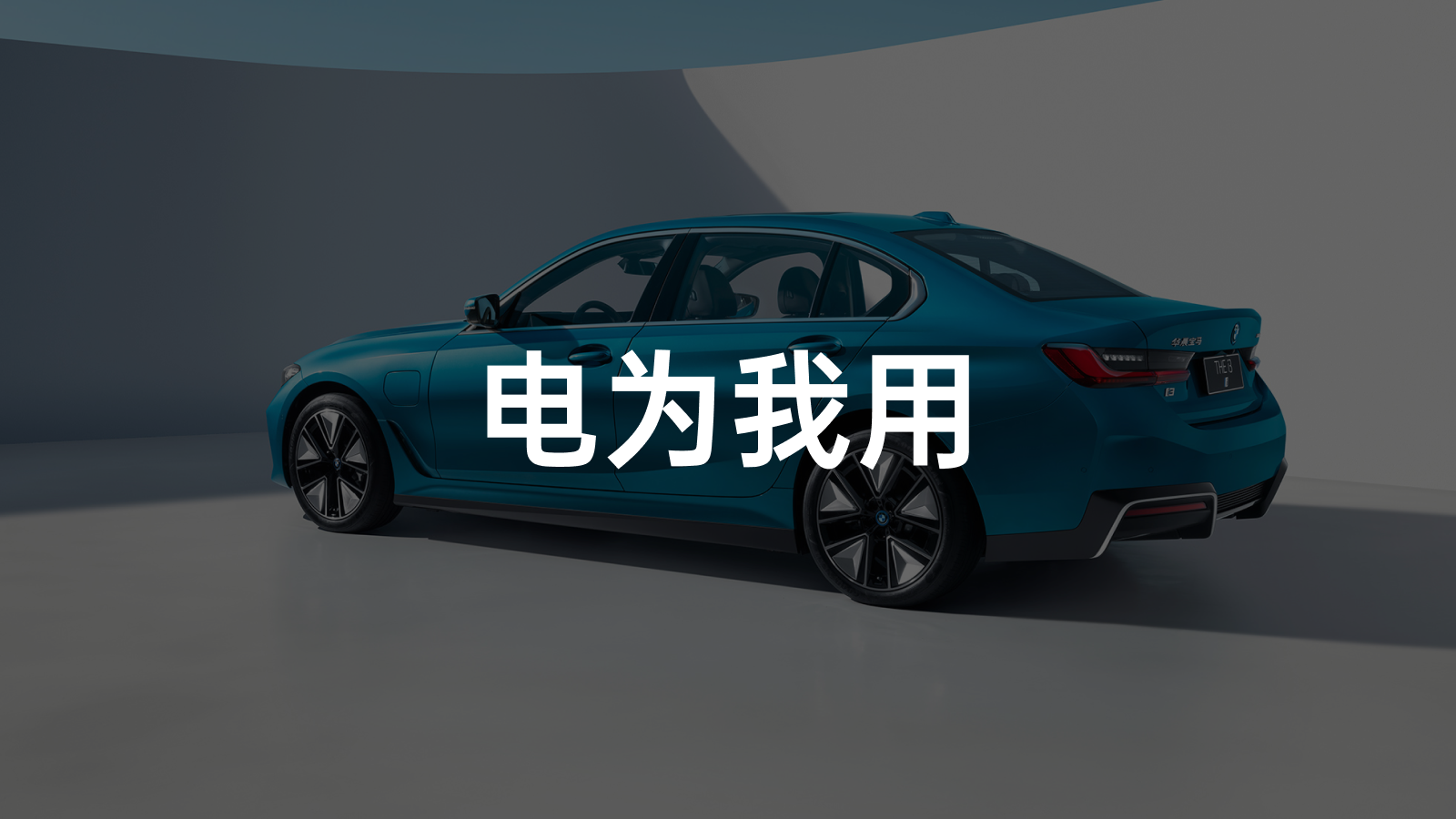Perhaps because I have become accustomed to the futuristic, minimalist, platform-based, and touch screen elements emphasized by many electric vehicles, my heart didn’t race after watching the launch of the all-new BMW i3:
- Three-dimensional dimensions: 4,872 x 1,846 x 1,481 mm, wheelbase of 2,966 mm;
- Rear-mounted permanent-magnet synchronous motor with maximum power of 210 kW, maximum torque of 400 N·m, and 0-100 km acceleration in 6.2 seconds;
- Equipped with a 70 kWh high-nickel ternary lithium battery pack, can achieve a maximum range of 526 km under the CLTC standard;
- Uses BMW iDrive 8.0 operating system, optional 535 W Harman Kardon sound system with 17 speakers and Pro automatic driving assistance system, comes standard with rear air suspension, and starts at a suggested retail price of RMB 349,900.
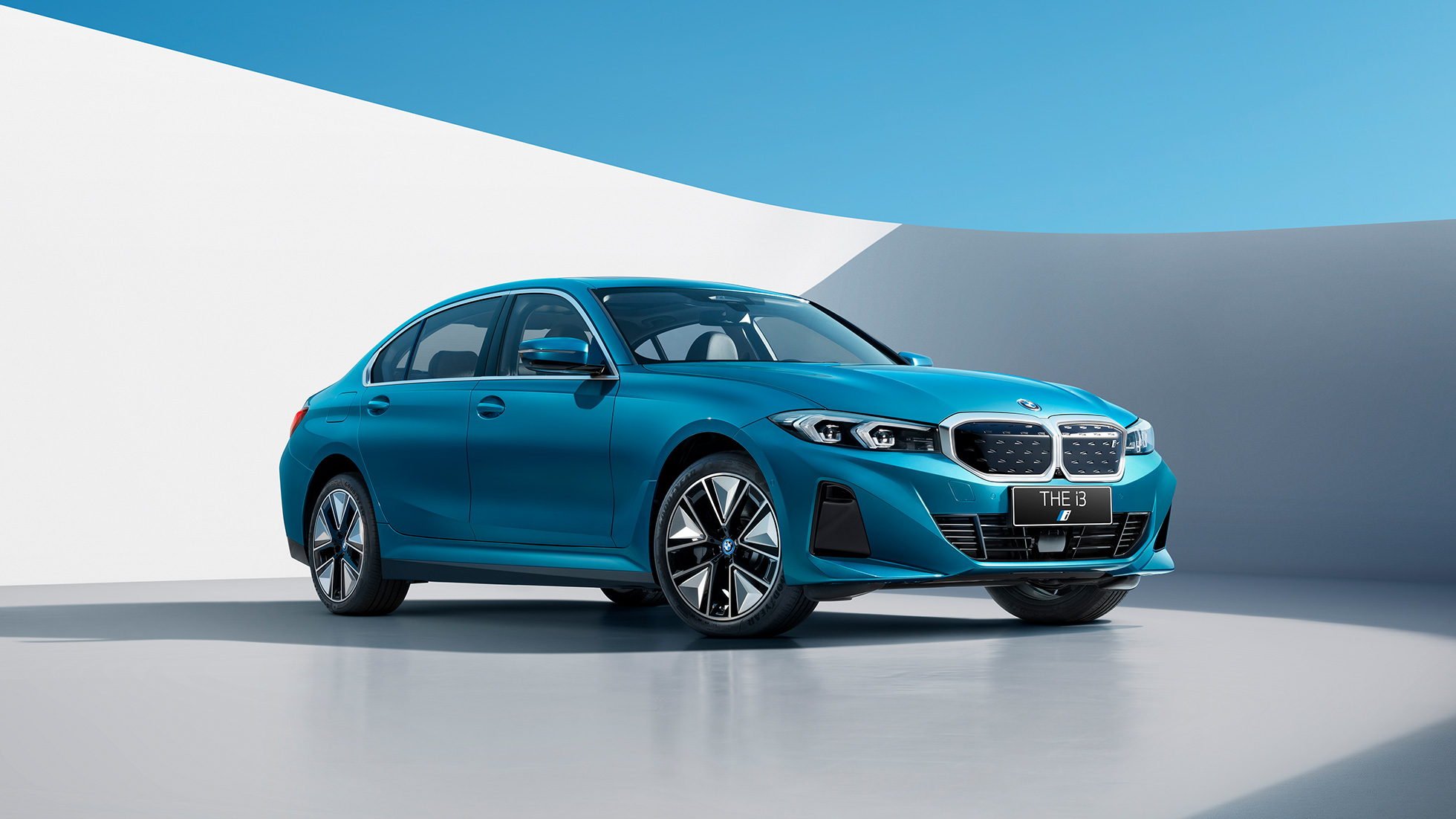
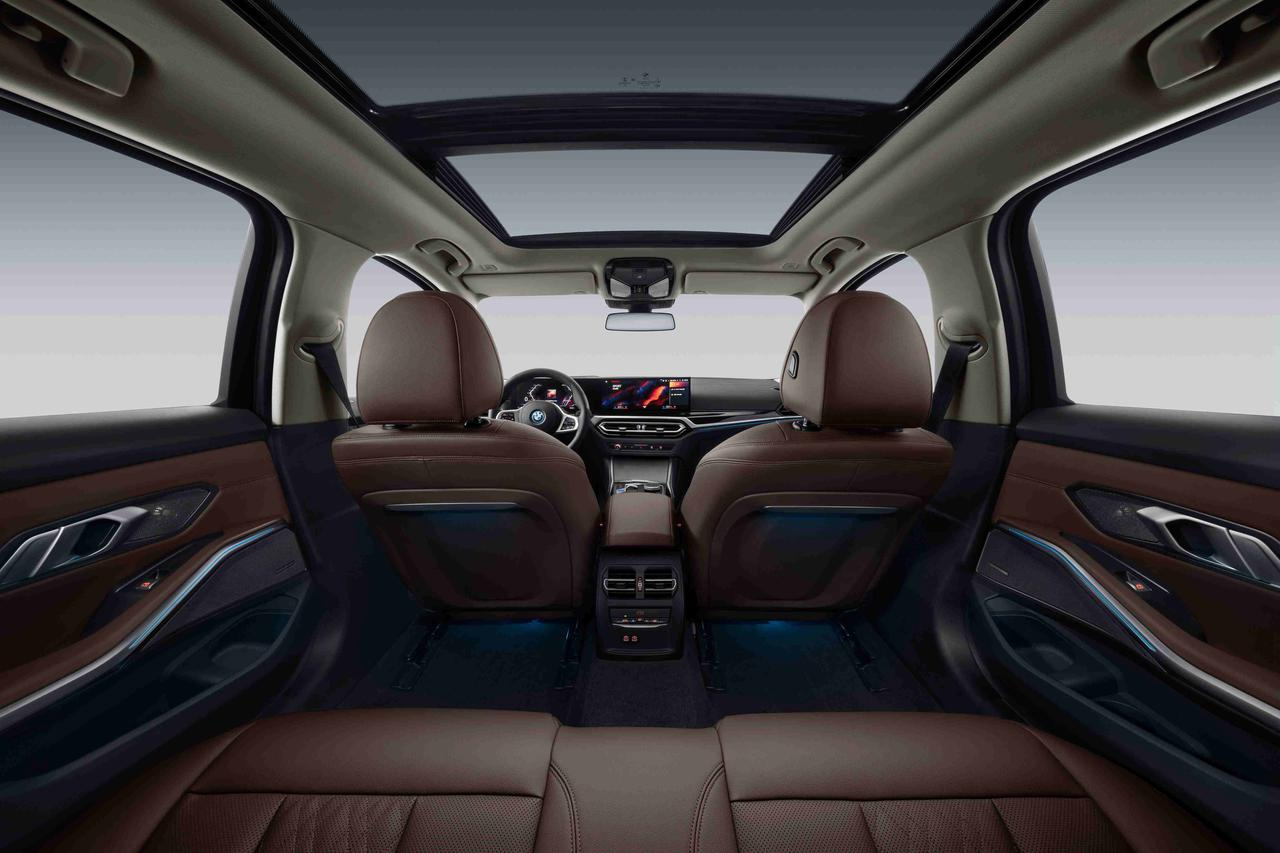
At first glance, the all-new BMW i3 does not seem to have particularly eye-catching or outstanding parameters, but mere data cannot fully represent a vehicle, just as paper specifications cannot convey the skill of BMW in combining various conditions to create a leading driving and riding experience.
BMW CLAR platform: for everyone, electric for cars
CLAR is short for “Cluster Architecture”, BMW’s “cluster architecture,” designed from the outset to accommodate electric vehicles. The protrusion in the center of the rear aisle is designed to accommodate front-wheel drive or rear-wheel drive gasoline-powered layouts. CLAR is a “platform for comprehensive research and development of gasoline and electric vehicles.” The much-criticized products that transform gasoline-powered cars into electric ones refer to vehicles that were originally designed only for gasoline power systems, but had battery packs and motor control systems forcibly added, resulting in uneven chassis, cramped passenger space, and low battery capacity.
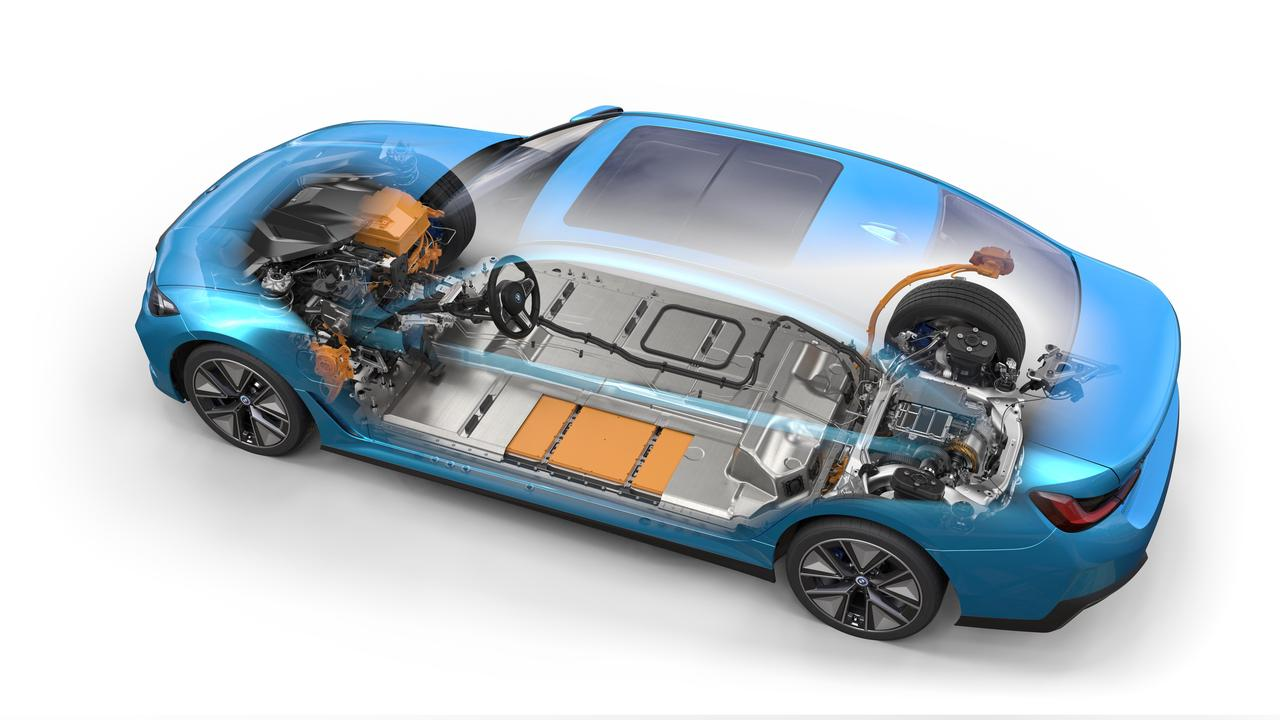
Still a “driver’s car”The structure of the all-new BMW i3 has been further strengthened with the return of the rear anti-roll bar, HRS hydraulic rebound dampers, and standard air suspension on the rear axle for self-leveling. It can adjust the center of gravity and posture of the vehicle according to the vehicle dynamics during driving, ensuring that the handling and driving experience of the vehicle meets the self-requirement of the “Ultimate Driving Machine” by BMW. Thanks to the natural structural advantages of pure electric vehicles, the center of gravity of the all-new BMW i3 is 44mm lower than that of the fuel-powered 3 Series with chassis code G20, further increasing the front and rear track widths. Meanwhile, the vehicle is equipped with the Dynamic Stability Control (DSC) system, which includes the Anti-roll Bar (ARB) and Traction Control System (TCS) to improve traction and grip performance, and improve the vehicle’s cornering attitude.
The all-new BMW i3 features a front double-joint MacPherson strut suspension and a rear multi-link suspension, and the mechanical design of BMW’s reputed family-style driving control is preserved. The “virtual steering pivot point” is continuously changing at the point where the front steering joint’s main pin is located under the control arm. It allows the front suspension to be in continuous change according to the steering angle without delay and lag caused by electronic control. This provides the wheels with ideal ground contact angle, and provides the best grip when the vehicle tilts.
The air suspension equipped on the rear axle of the BMW i3 can automatically adjust to match the road’s environment state by inflating or deflating the airbags, ensuring the stability of the cabin, the smoothness of vehicle driving, reducing vibration and vehicle center of gravity, improving the vehicle’s safety. At the same time, the air suspension can also distribute the load capacity of the wheels, making the load on each wheel spread as evenly as possible, thus reducing tire wear.
The different kinetic energy recovery strategies between B-mode and D-mode also provide space for the driver to adjust the driving mode of the vehicle according to their intentions. In B-mode, when the accelerator pedal is released, the vehicle will maximize the recovery of kinetic energy until it stops. In D-mode, the vehicle will maintain the idle speed of a fuel-powered car and adjust the degree of energy recovery based on the distance to the front vehicle in real-time.
When people talk about “Tesla redefining pure electric vehicles,” they often overlook a premise: that all mechanical, electronic, and electrical architectures are designed to serve the characteristics and values that a single vehicle or even a brand would insist on. For early pure electric vehicle models such as the Nissan LEAF, which are often referred to as “slow, poorly powered, and without any driving pleasure”, they were produced to explore whether pure electric vehicles can bring further possibilities in energy-saving and emissions reduction on the basis of economic and environmental considerations. Economic and environmental benefits are the primary objectives.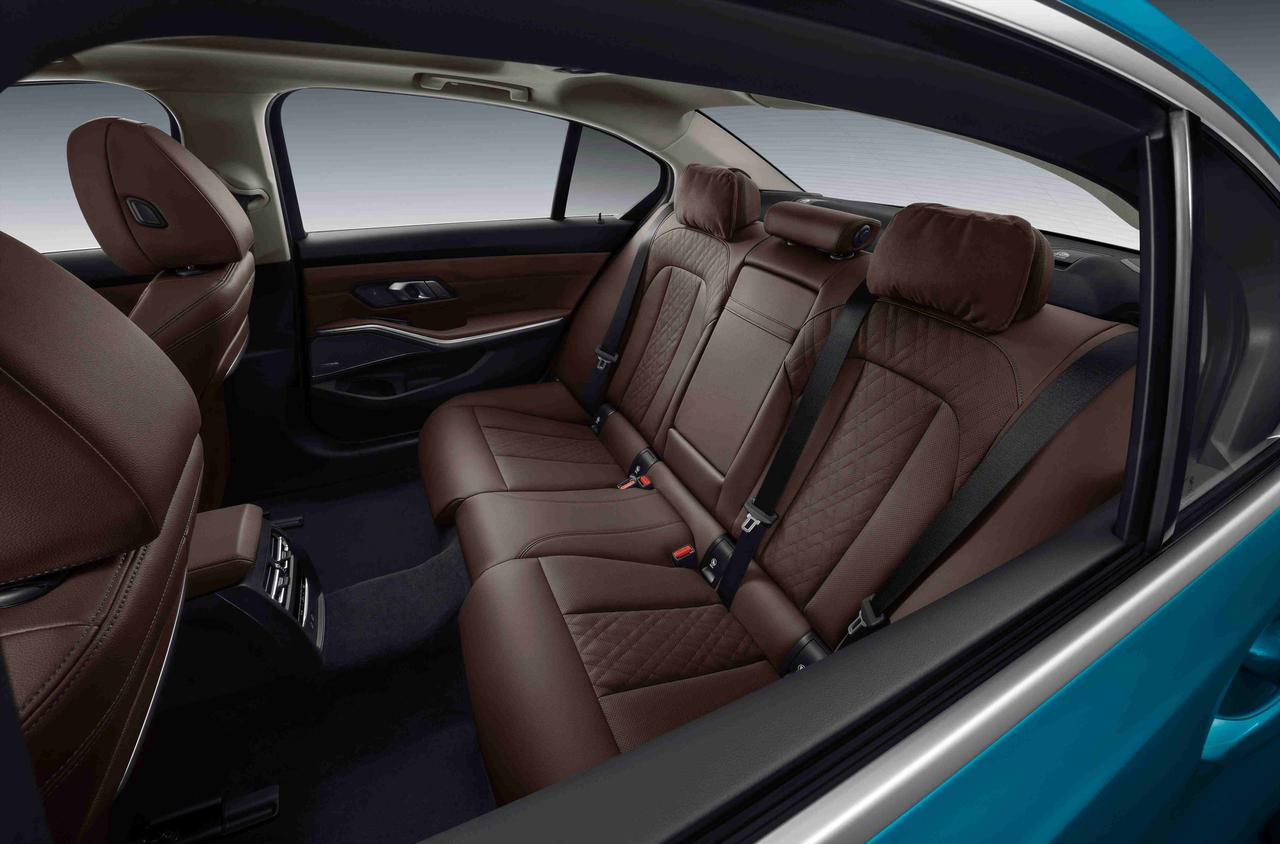
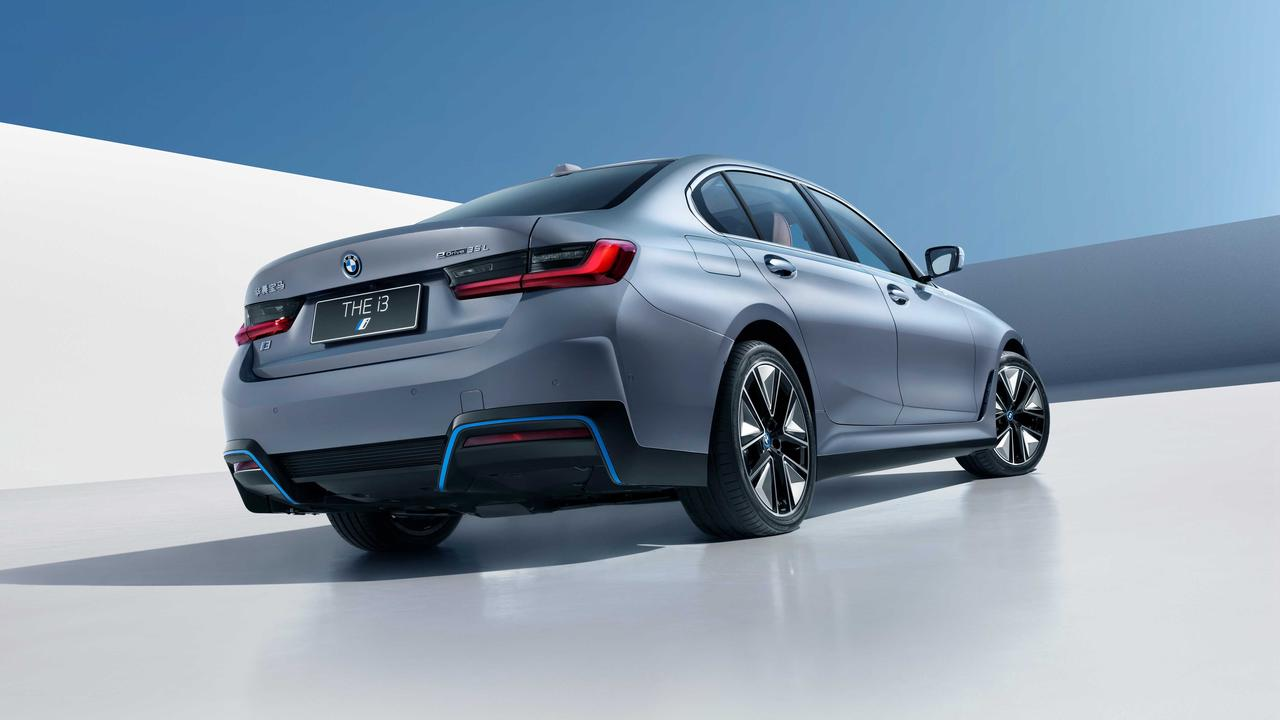
People’s initial impression of pure electric vehicles as “naturally high-performance and intelligent” is due to Tesla’s desire to create a “SEXY” electric vehicle and gain an advantage in the early stages of pure electric vehicle development that stimulated people’s nerves. However, for BMW, the experience during the driving process, the communication between people and cars, and the luxury of “pure driving pleasure” are what they aim to achieve.
Electrification has never been the goal, but rather a means and a tool.
BMW’s understanding of electrification is somewhat unique: high-performance and luxury are already prerequisites for calling a car “BMW”, which means there is no need to rely on batteries and electric motors. For BMW, pure electric is not about being swept up in the tidal wave of the age, but rather the icing on the cake that takes BMW characteristics to the next level – electrics just for the sake of electrification.
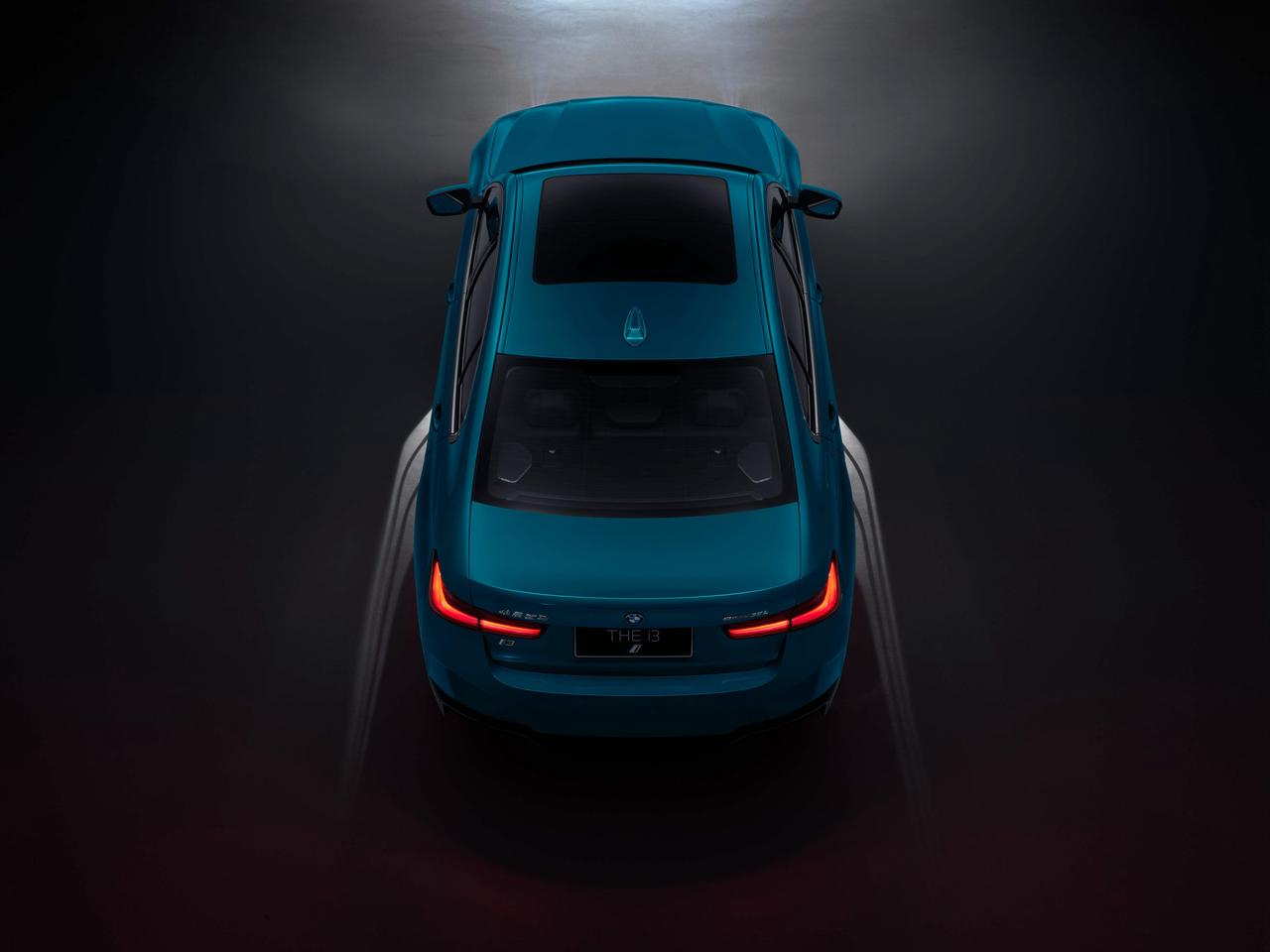
Because electric power drive is not only a technological innovation, but also a logical step towards greater sustainability, it also has the potential to open up new dimensions of driving pleasure. Driving pleasure and communication between people and cars are BMW’s understanding of luxury, the highest priority in vehicle design, and the overarching theme driving the design of powertrain, chassis, interior, human-machine interaction systems, and other aspects. All design and technical details revolve around these two core elements.
Generally, electric motors are composed of a stator and a rotor, with the magnetic field between the two driving the rotation of the rotor. To improve efficiency and ensure performance in high temperature environments, rare earth elements are often added to the materials. For environmental and supply chain considerations, BMW avoids the use of permanent magnets in favor of excitation design, which makes the BMW fifth-generation electric drive motor completely free of rare earth elements.
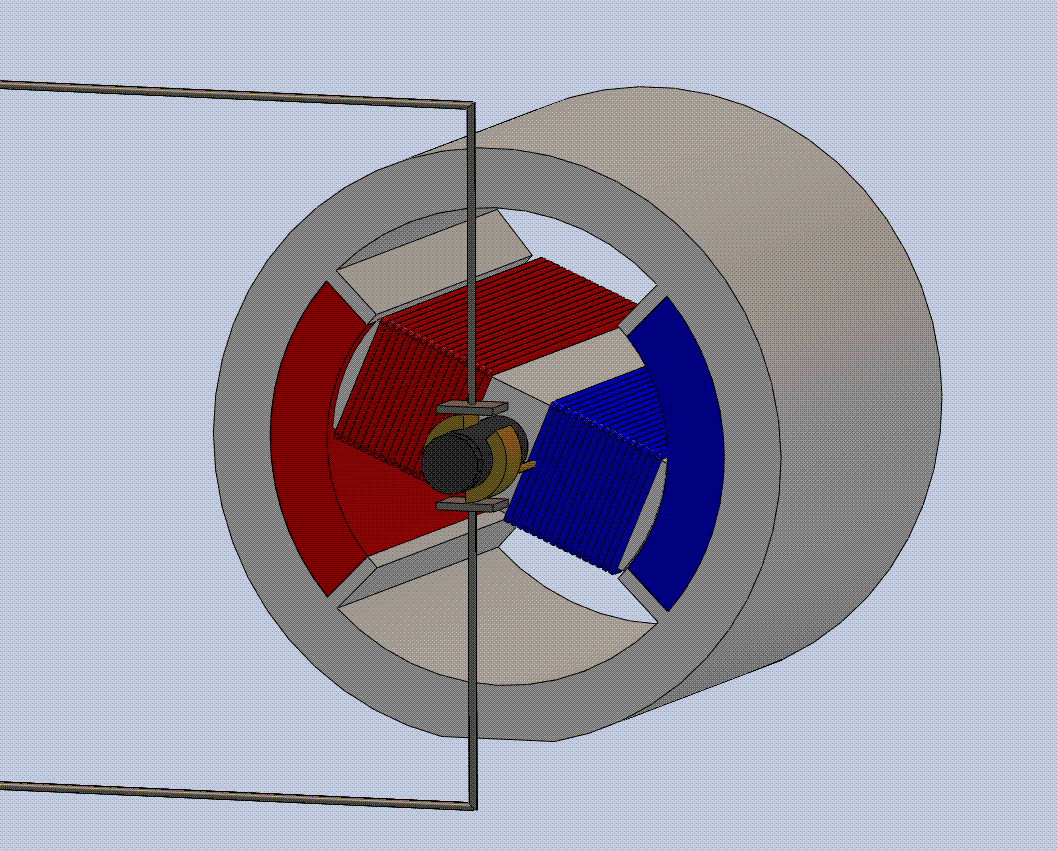 Compared with previous technology, the power density of BMW’s fifth generation electric drive has been increased by 30%, and the motor efficiency has reached 93%. In the iX3, which is 2.2 tons heavier and has a larger frontal area, the average energy consumption per 100 kilometers is as low as 15.1 kWh. The excitation motor of the all-new BMW i3 adjusts the motor speed by controlling the voltage at both ends of the rotor to change the magnetic field, which is different from ordinary motors. Although the excitation motor has a more complex structure and higher cost compared with the permanent magnet motor, it has better reliability, weaker magnetic degradation, durability, and can output peak torque in the full-speed range of the vehicle. Its power response is timely and balanced, and it works with lower noise than ordinary motors.
Compared with previous technology, the power density of BMW’s fifth generation electric drive has been increased by 30%, and the motor efficiency has reached 93%. In the iX3, which is 2.2 tons heavier and has a larger frontal area, the average energy consumption per 100 kilometers is as low as 15.1 kWh. The excitation motor of the all-new BMW i3 adjusts the motor speed by controlling the voltage at both ends of the rotor to change the magnetic field, which is different from ordinary motors. Although the excitation motor has a more complex structure and higher cost compared with the permanent magnet motor, it has better reliability, weaker magnetic degradation, durability, and can output peak torque in the full-speed range of the vehicle. Its power response is timely and balanced, and it works with lower noise than ordinary motors.
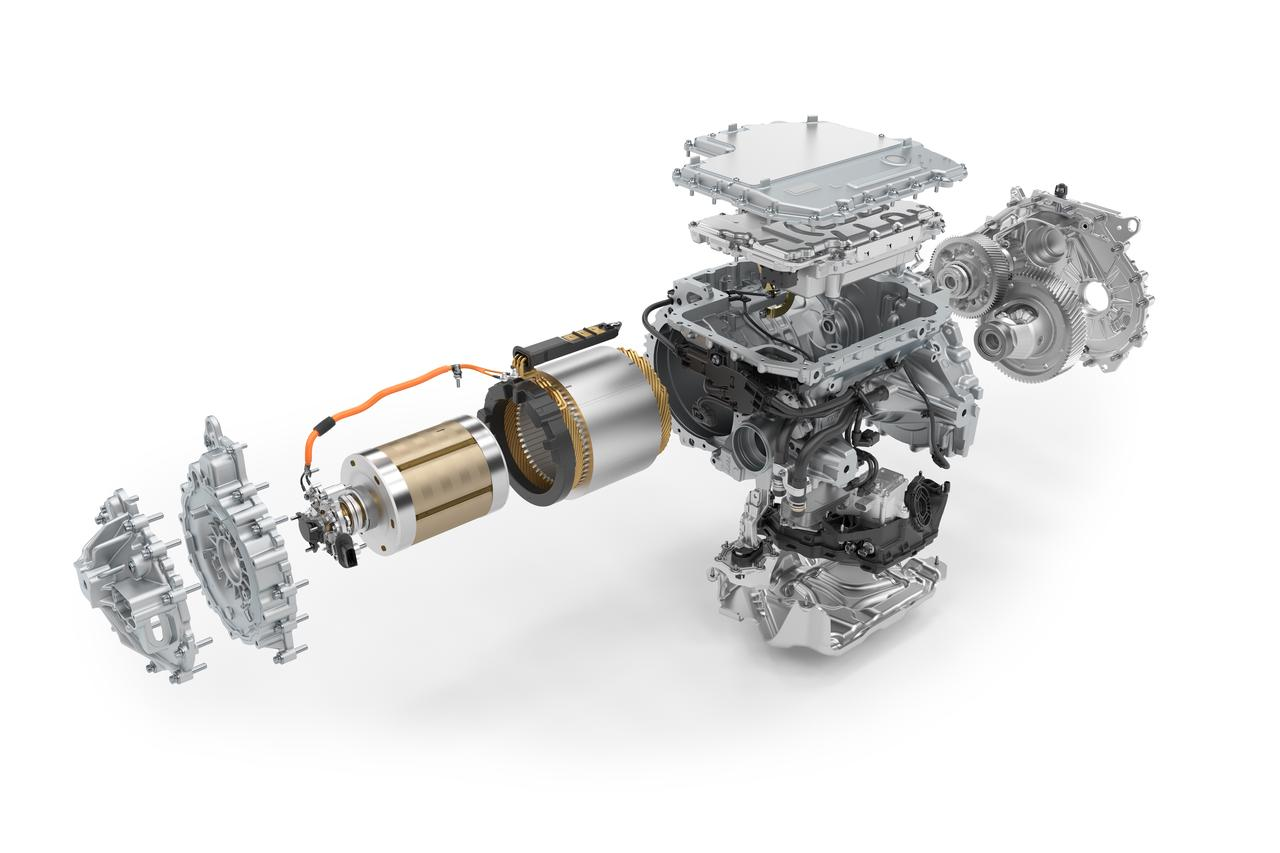
Design is the “different spark” of BMW
“3” is a category in BMW’s product line that has a pioneering meaning: BMW 2002, the predecessor of the 3 Series that led BMW out of financial stagnation in the 1960s; The i3, a pure electric, carbon fiber body, and gull-wing door car born in 2011. Classic design elements have also repeatedly led the way in the 3 Series models.
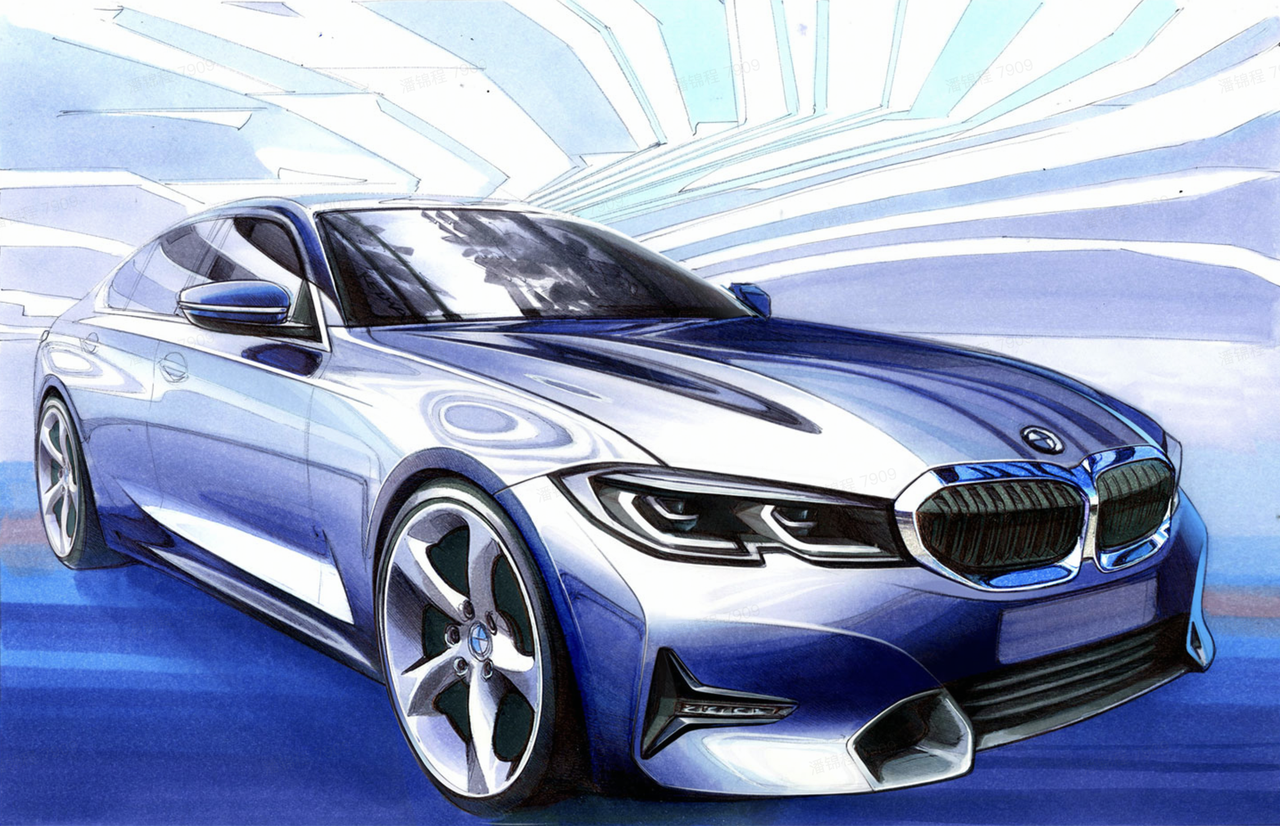

In the design blog, BMW lists 13 milestones in car front-end design, and the 3 Series occupies four of them: E36 (1990), F30 (2011), i3 (2013), G20 / G21 / G28 (2018).
In 1961, BMW 1500 contributed the “possibly the greatest” technique in automobile industry design: the Hofmeister-Knick.
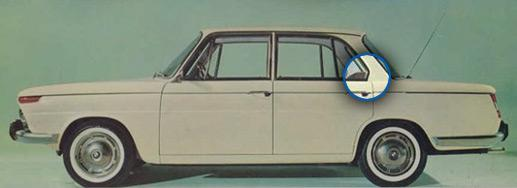 The Hofmeister kink, originally the “cut” on the C-pillar rear side window of BMW’s rear-wheel-drive vehicles, tilts from the back towards the front of the car, emphasizing the pushing force when the vehicle accelerates forward. After decades of development, the twin-kidney grille and Hofmeister kink have become distinctive family design characteristics that distinguish BMW from other luxury brands, and now it continues on the all-new BMW i3.
The Hofmeister kink, originally the “cut” on the C-pillar rear side window of BMW’s rear-wheel-drive vehicles, tilts from the back towards the front of the car, emphasizing the pushing force when the vehicle accelerates forward. After decades of development, the twin-kidney grille and Hofmeister kink have become distinctive family design characteristics that distinguish BMW from other luxury brands, and now it continues on the all-new BMW i3.
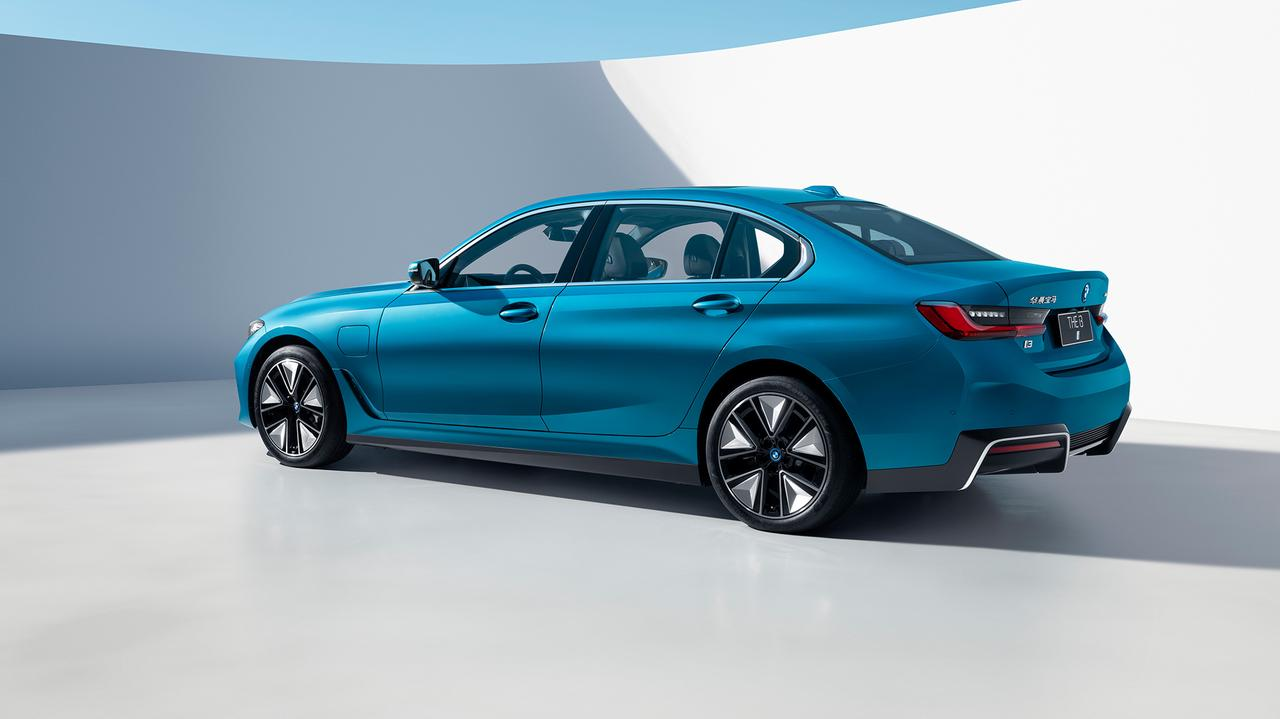
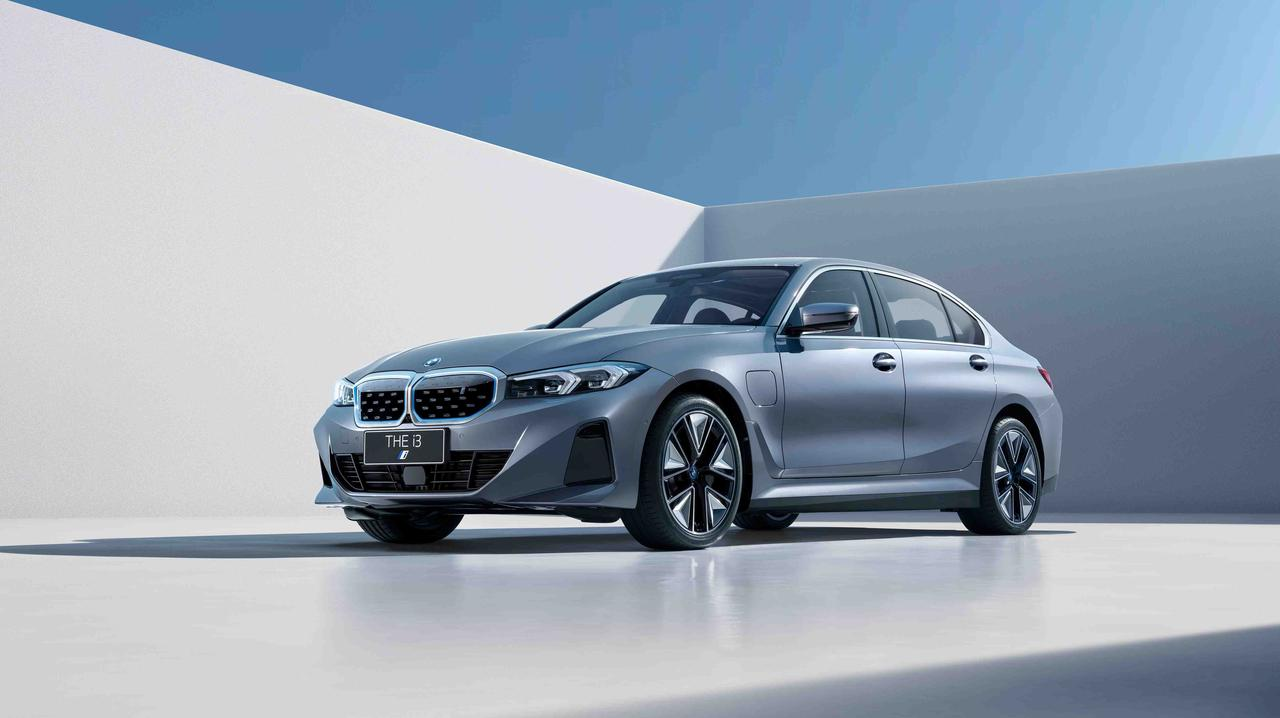
All-new iDrive Operating System 8.0: Tailored to Perfection
BMW once proposed an interior design philosophy that focuses on the driver: the dashboard presents a fan-shaped layout around the driver. Almost every BMW model’s interior design has followed this principle since.

BMW’s dedication to ergonomics has led to a fundamental principle in modern car design: the dashboard layout must be user-friendly, making it easy and convenient for the driver to find information and controls.
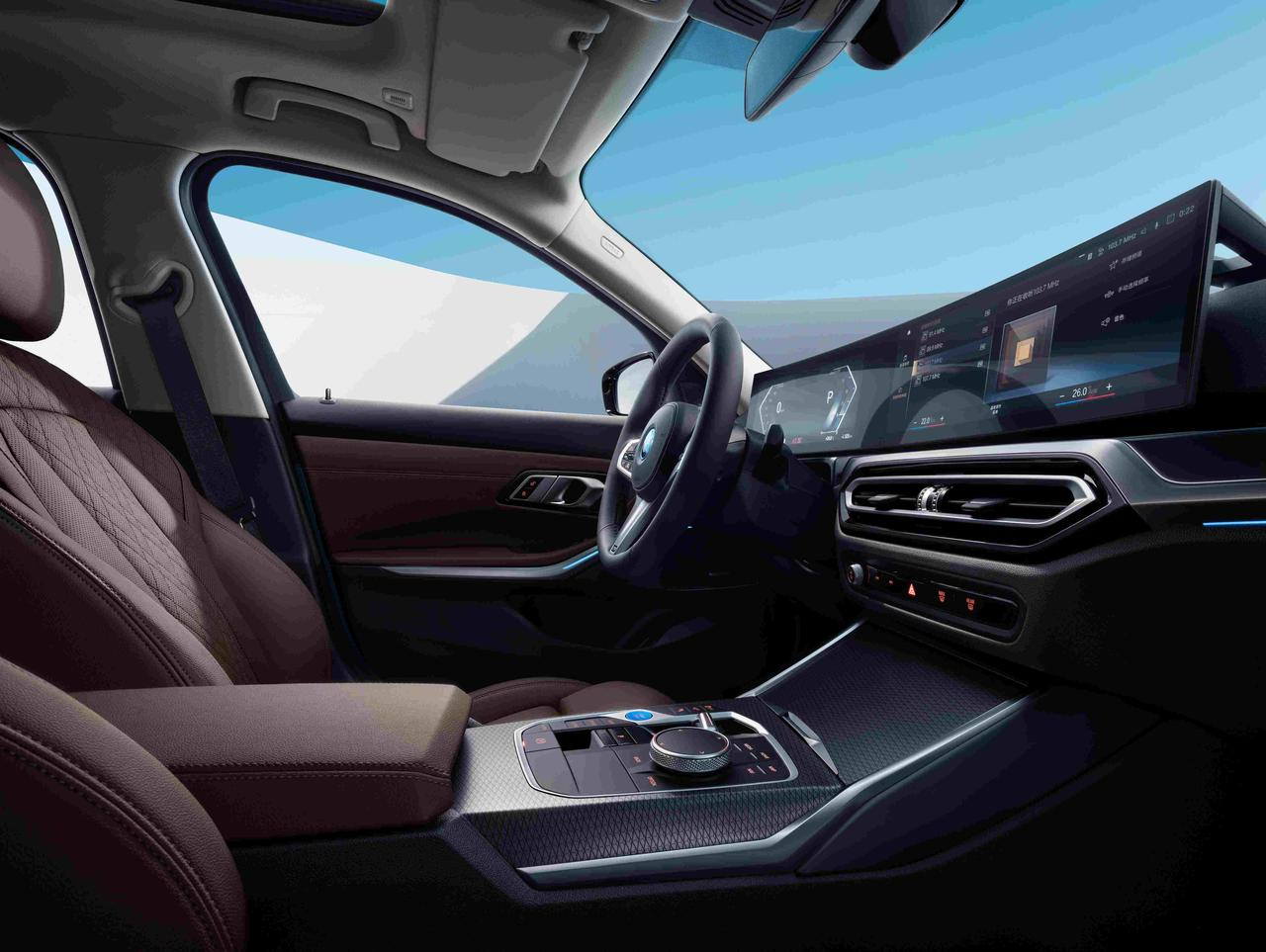
The all-new BMW i3 integrates a 14.9-inch touchscreen and a 12.3-inch digital instrument cluster, with a unit resolution of 200 ppi (pixels per square inch) to fully surround the driver.
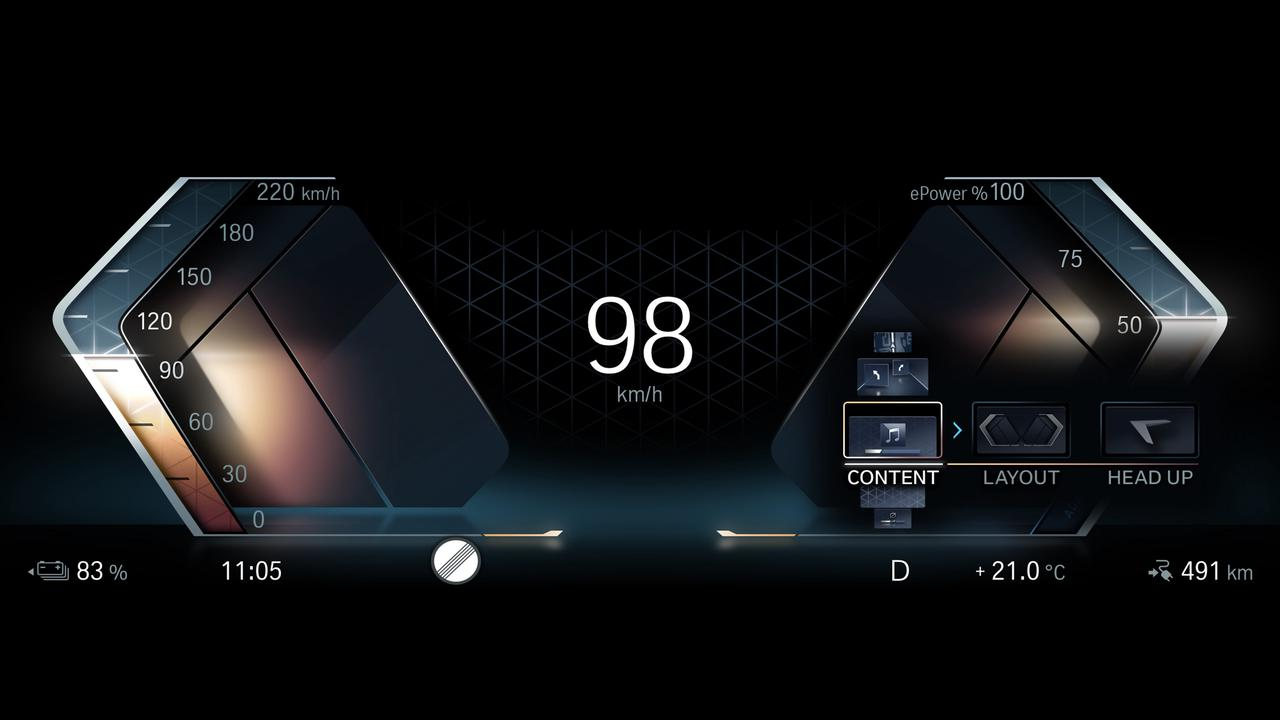
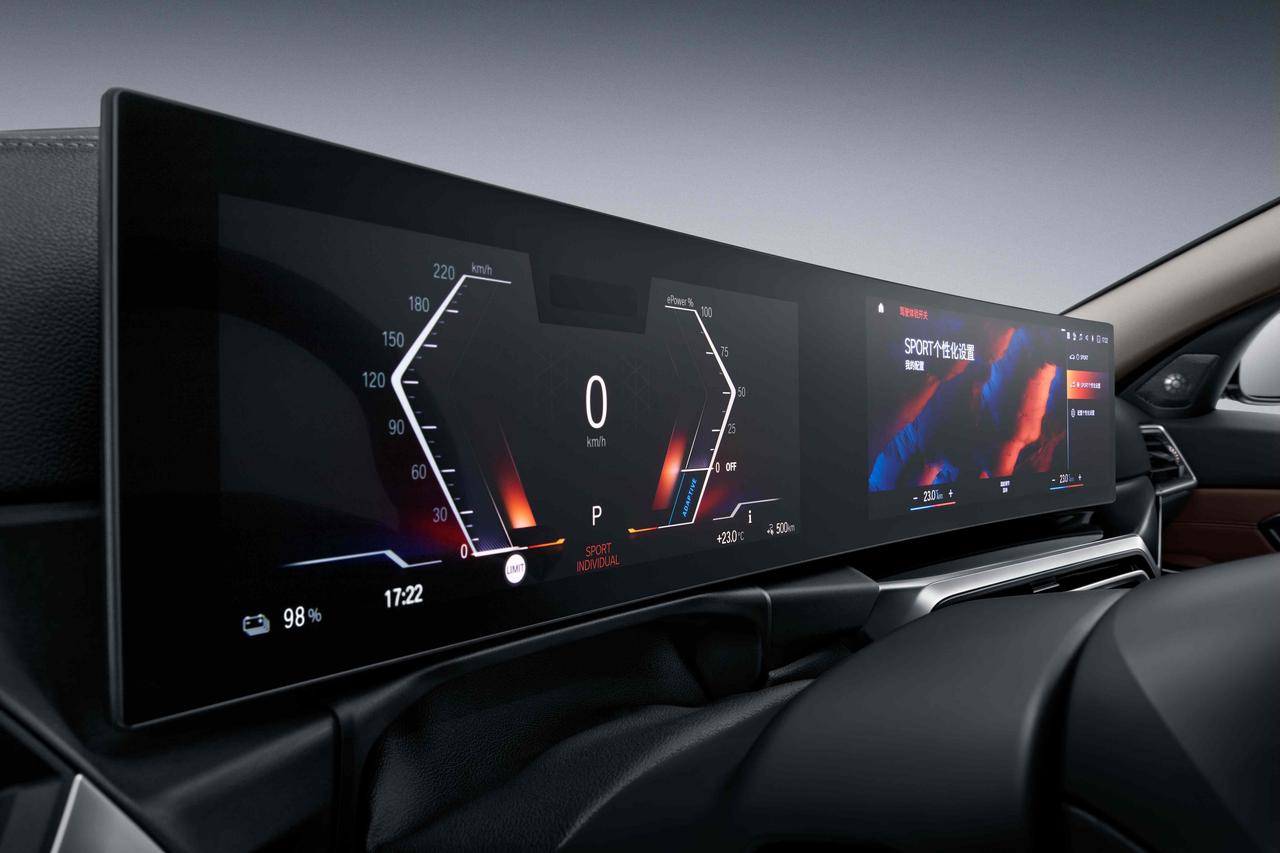
 # The brand new iDrive Operating System 8.0 brings a brand new BMW Intelligent Personal Assistant to the driver, enabling diversified and personalized interactions between people and cars, and integrates a wealth of digital applications. It supports RSU remote upgrades (OTA), and can complete remote software upgrades in 20 minutes, ensuring that the vehicle is always safe, reliable, and smooth to operate.
# The brand new iDrive Operating System 8.0 brings a brand new BMW Intelligent Personal Assistant to the driver, enabling diversified and personalized interactions between people and cars, and integrates a wealth of digital applications. It supports RSU remote upgrades (OTA), and can complete remote software upgrades in 20 minutes, ensuring that the vehicle is always safe, reliable, and smooth to operate.
A seasoned player in electrification
In 1972, BMW launched its first pure electric vehicle 1602e, based on the predecessor of the BMW 3 series – BMW 1602, which had a 350-kilogram lead-acid battery with 12 groups of 12 V mounted in the engine compartment. Two 1602e models were produced for the marathon event at the Munich Olympics.
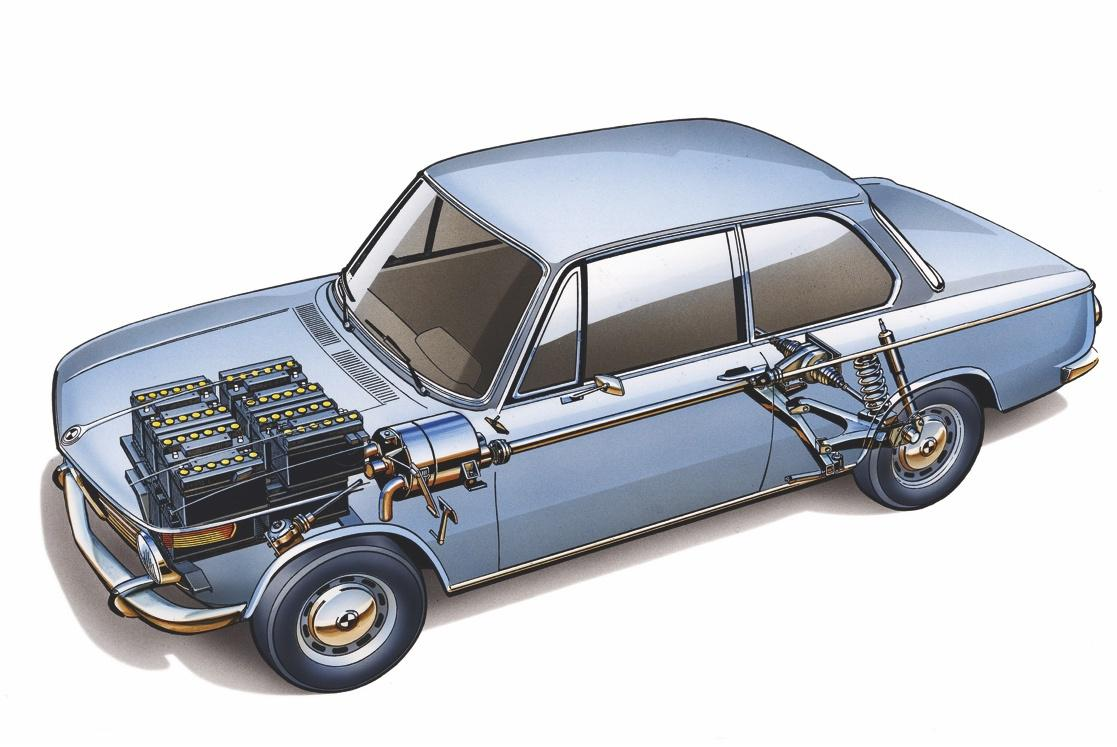
Forward-thinking research and development and pure electric platform, these concepts that pure electric car manufacturers like to emphasize nowadays are not new innovations for BMW. In 1991, BMW’s technology department, BMW Technik GmbH, produced the BMW E1 concept car with a pure electric platform in just 10 months, combining the advantages of a compact body and spacious interior.
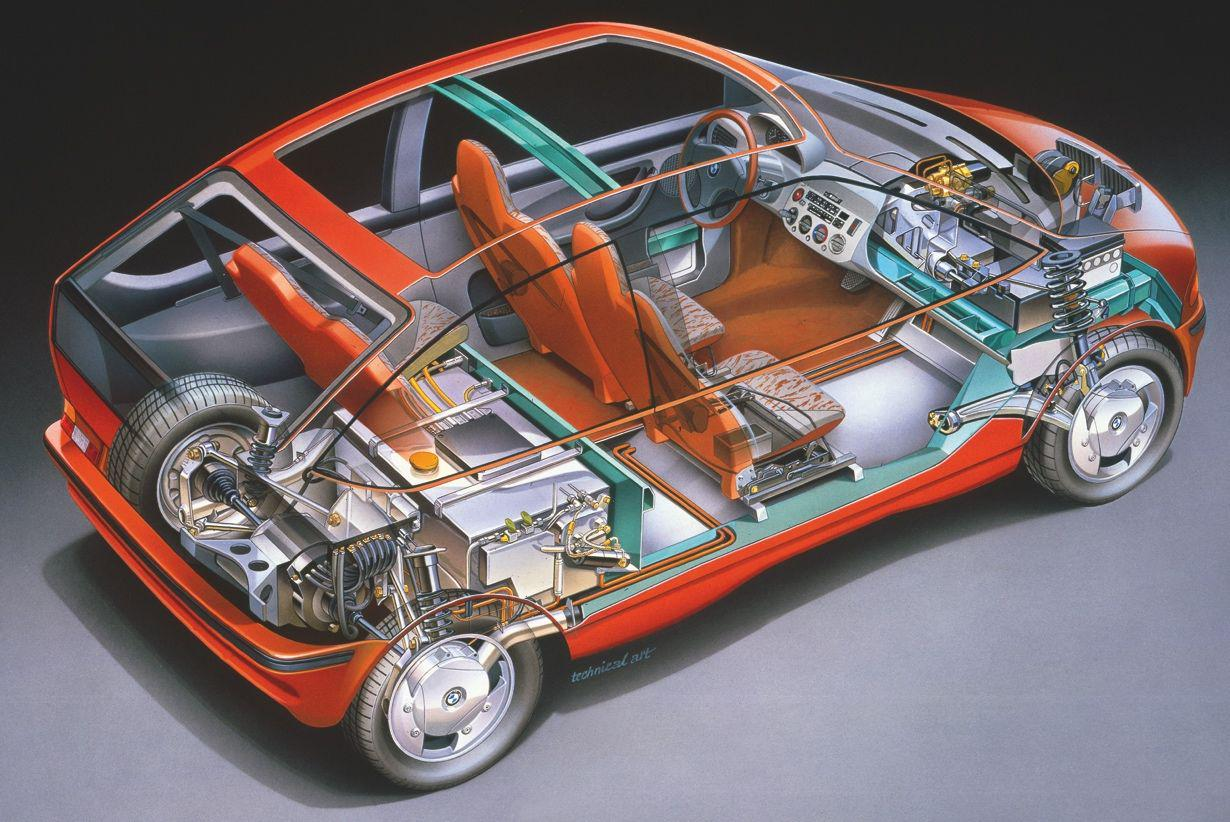
BMW’s electrification is not confined to the dogmatic framework of concepts and terminology, but focuses on the brand value: “Does the car’s design convey BMW’s style? Can it provide driving pleasure for the user?” The platform is a concept artificially divided, which does not necessarily mean a fundamental change from 0 to 100. Instead of what is said, focus should be on “what has been done in terms of mechanical, electronic and electrical architecture, why it was done, and what is the goal of doing it.”
In 2011, BMW’s new sub-brand “i” was launched. Subsequently, BMW i3 and BMW i8 achieved mass production and continued technical upgrades. Starting in 2020, BMW has once again accelerated the electrification process, successively launching BMW iX3, BMW iX and BMW i4, gradually enriching the subdivision market of electrification. At the same time, BMW is also continuously improving battery technology, making the fifth-generation eDrive electric drive technology more efficient and safer.In addition, BMW’s electrification layout goes beyond “vehicle mechanics and platforms”: batteries, motors, and raw materials are also involved. On September 14, 2020, the BM Power Battery Center Phase II of BBA was unveiled as the first production base of BMW’s fifth-generation power battery in China, which has more than doubled BMW’s power battery production capacity in China.
Conclusion
What kind of mobile experience does an automaker really want to bring?
This is a very big, seemingly broad question, but one that everyone is answering by putting it into practice. Electrification makes performance no longer unattainable. In addition to tuning and “advanced feeling” that are difficult to convey directly, vehicle design will be the battleground. For BMW, the design, handling, and luxury of a vehicle, as well as the overall optimal experience it brings to the driver, are the top priorities.
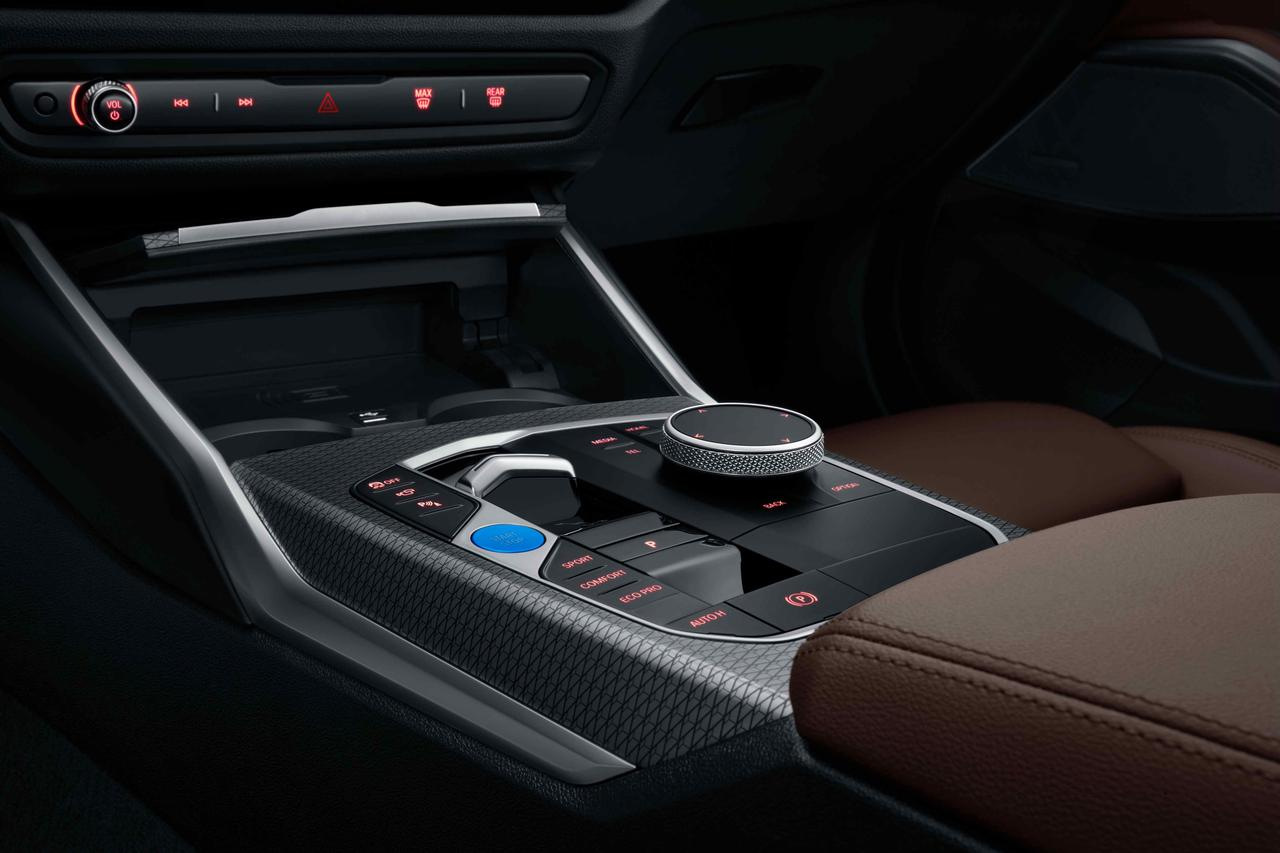
Before pure electric vehicles brought about the “democratization of high performance”, excellent mechanical quality was the key factor in determining whether a car was “high-end” in the mass consumer market. The confidence of the internal combustion engine market, whether high-end or luxury, has always been “one-upmanship”. Whether intentionally or unintentionally, whether a carmaker chooses electrification for performance or not, the intuitive acceleration performance that a 200,000 to 300,000 yuan vehicle can bring is already the market background of 2022. But acceleration is only one aspect of performance. BMW’s understanding of “performance” is not only limited to straight-line acceleration, but also includes various road conditions and environmental driving experiences, safe and comfortable seating conditions, and comprehensive vehicle hardware and software that bring balanced leadership in all aspects.
Today, high-level assisted driving has not yet landed, and regulatory supervision has not been completely relaxed. Whether it’s Tesla’s insistence on a pure visual route, or the multi-dimensional perception of vision + lidar + high-precision maps launched by domestic carmakers such as NIO and XPeng, in the short term, driving a vehicle cannot bring “one-hit kill” decisive advantage. Few people exclude all candidates and order under Tesla’s official website promotion of full self-driving capability of the FSD. However, the atmosphere created by the interior of the vehicle and the perception of sound and interactive elements are solidly conveying the brand’s tone-or, today’s definition of “luxury” relies more on design. This is also the road BMW has been persistently following from the past to the present: not only pursuing a single dimension of leadership but also seeking the best balance.
The brand new BMW i3 is definitely a car with depth.
Finally, welcome everyone to download Garage App to learn about the latest new energy information. If you want to get more immediate communication, you can click here to join our community.
This article is a translation by ChatGPT of a Chinese report from 42HOW. If you have any questions about it, please email bd@42how.com.
